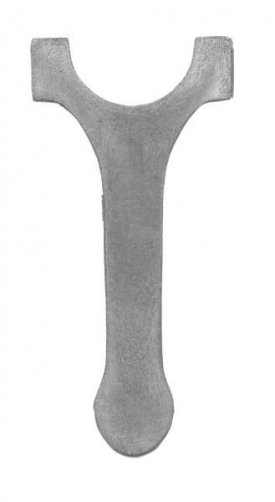jhmeg2
Well-Known Member
I let the rocket ballz in the locker yeserday, and played with my MP29s. I love the feel of them, and the workability. I can move the ball soooo much easier with the blade than the cavity. I bought the RBZ irons because I thought I would play better, a little easier. EH... I hit them farther, but the top line is thicker than on my MP29s, or Taylor Made TDs. I really don't like the 4and 5 irons on the rocketballz because you can see the muscle sole behind it at address. I really want a set of CG1 or the new 588 blades, but can;t justify spending the money. I just bought the Rocketballz when they came out for $699. And in 2000 I think I paid $900-$1000 for the Mizunos. The Taylor Made TD TP is got 1-SW for $100, then spen another $230 ish on shafts and grips. If you have a consistant swing, you can play a blade. If you miss-hit it, you know right away, and wont wanna do it again. I have been using Rifle 6.0 shafts in my irons for years, but the Rocketballz I left stock shafts in....
 United States
United States
